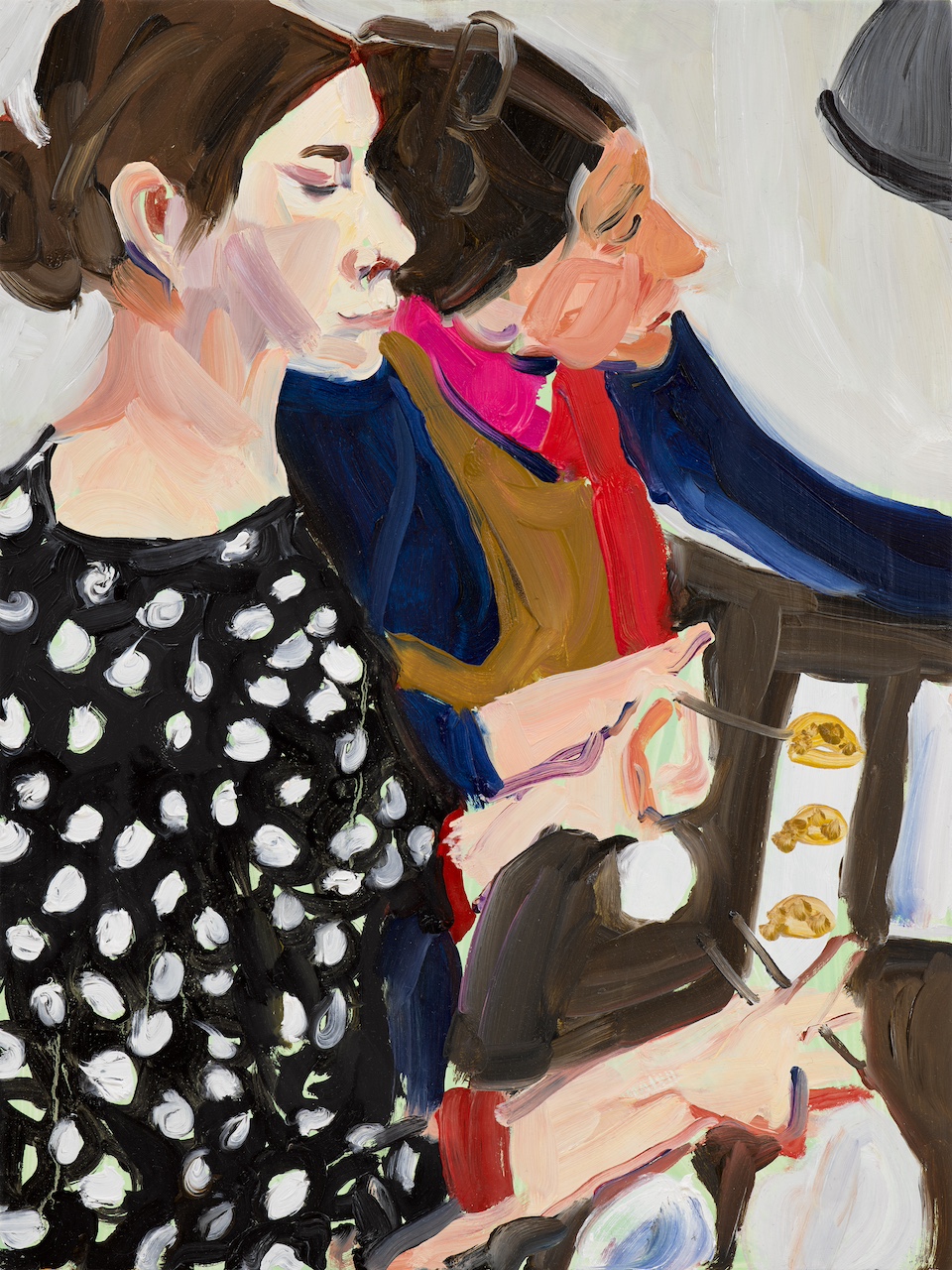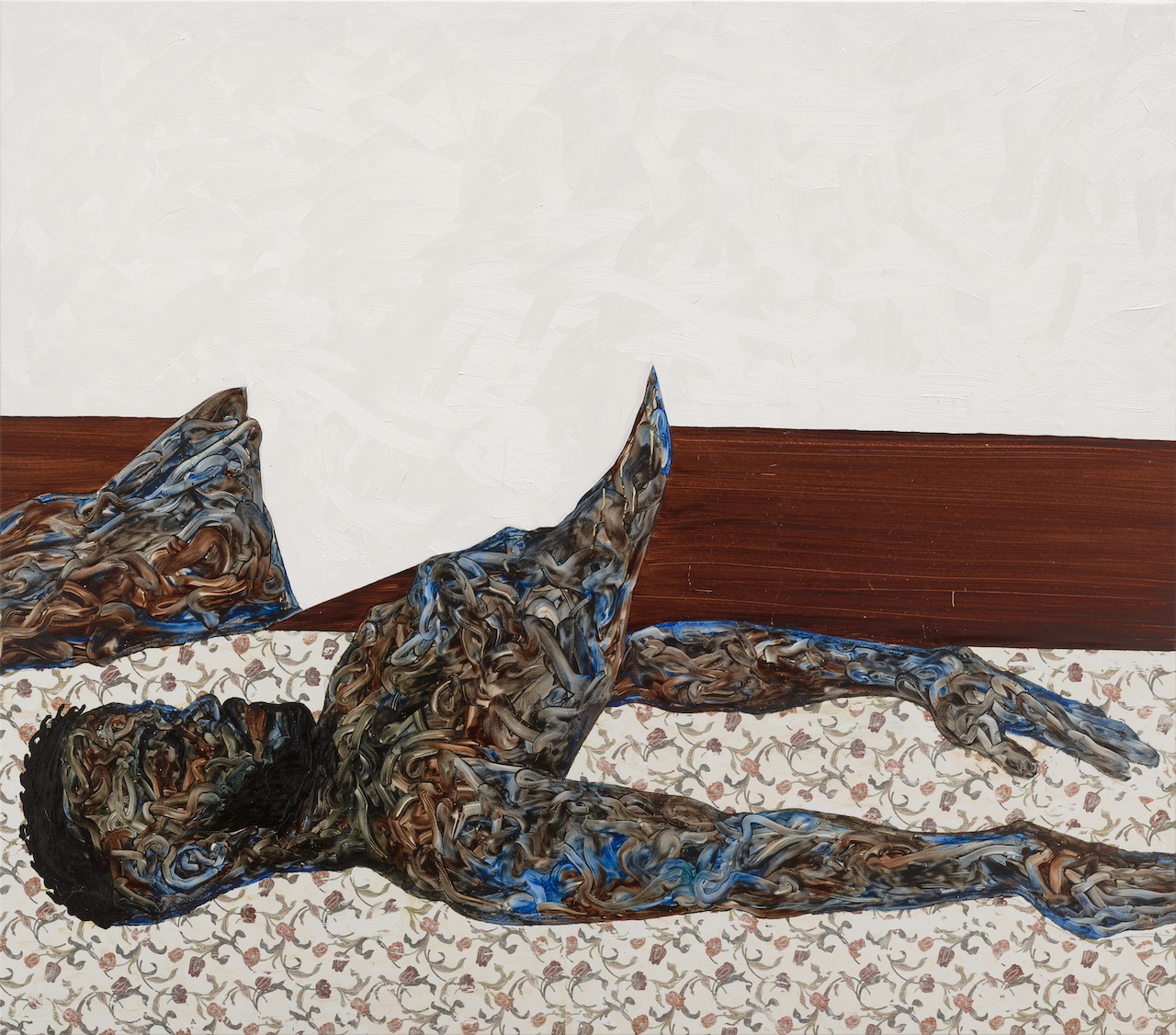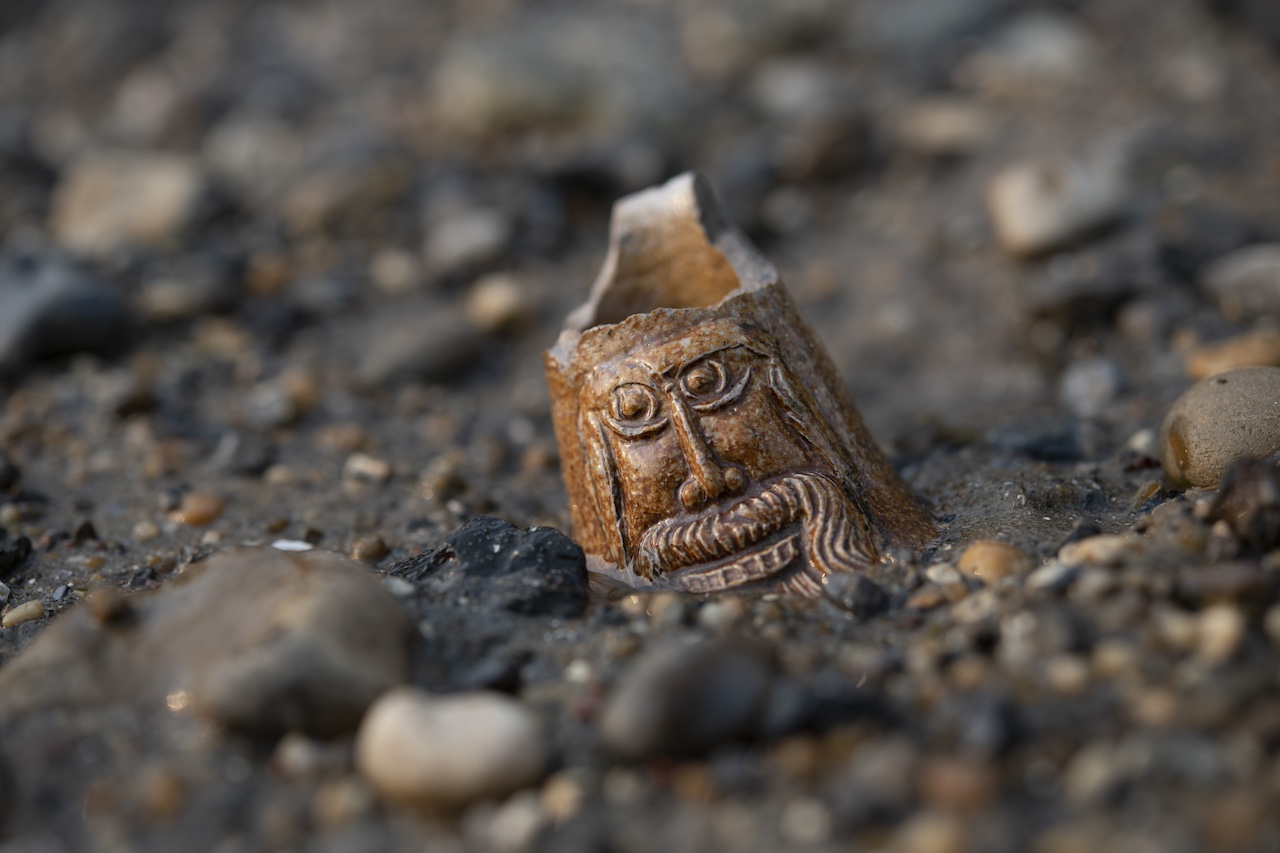The Wick List
Viewing Angela Santana 
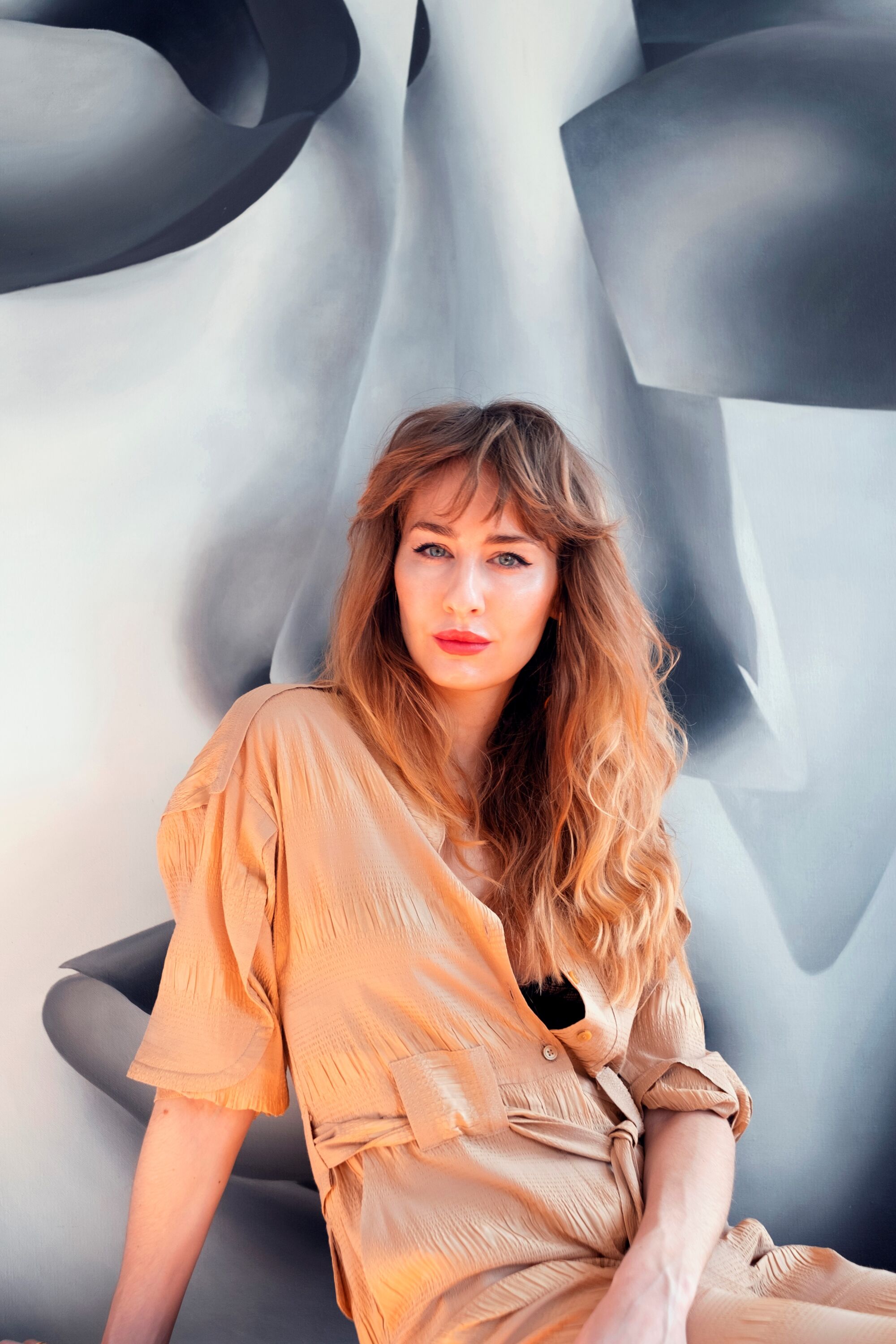
Above Angela Santana

Above Angela Santana
Spearmint Success, 2017 Oil on Canvas
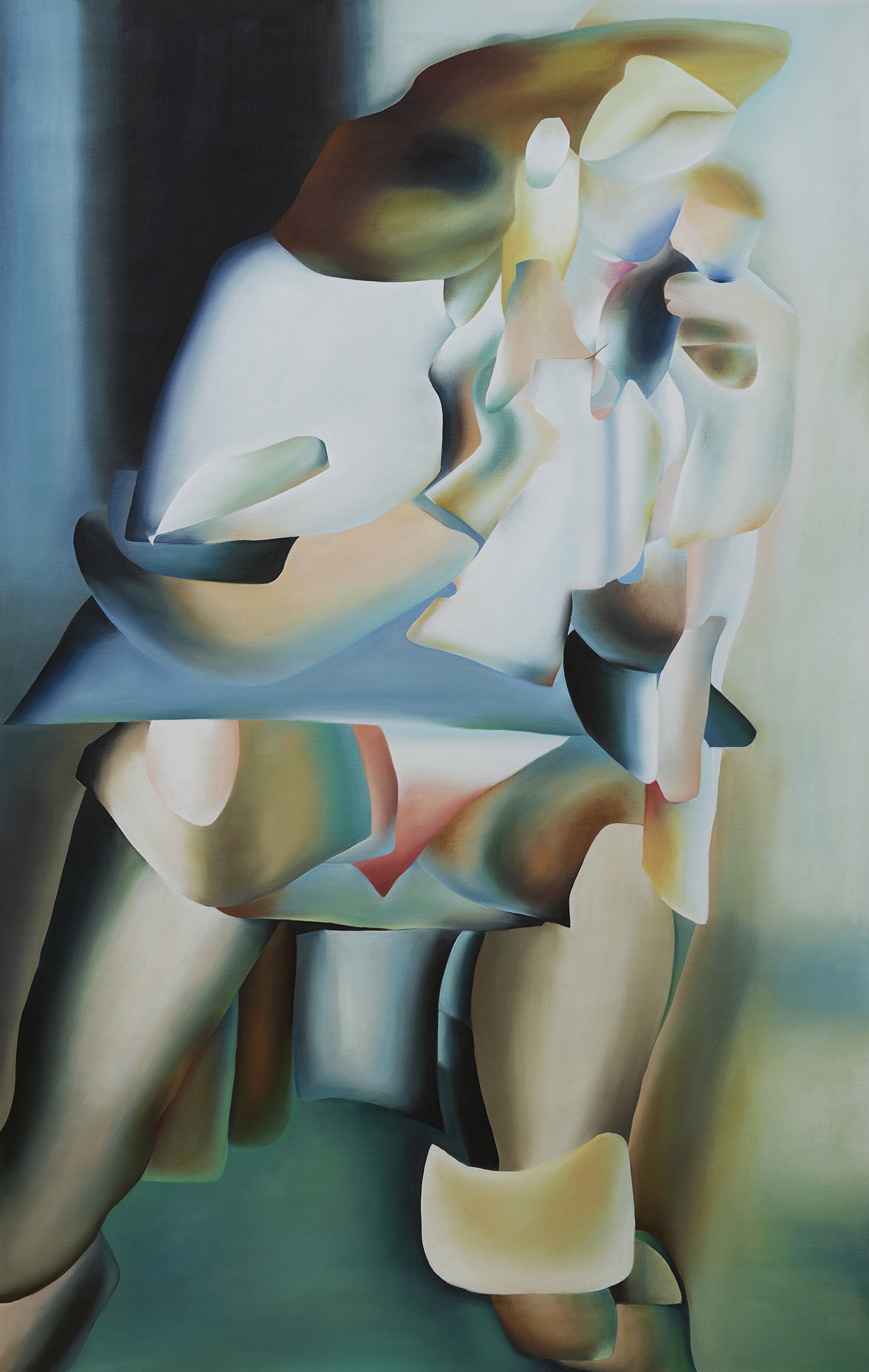
Above Angela Santana
Delta of Venus, 2020
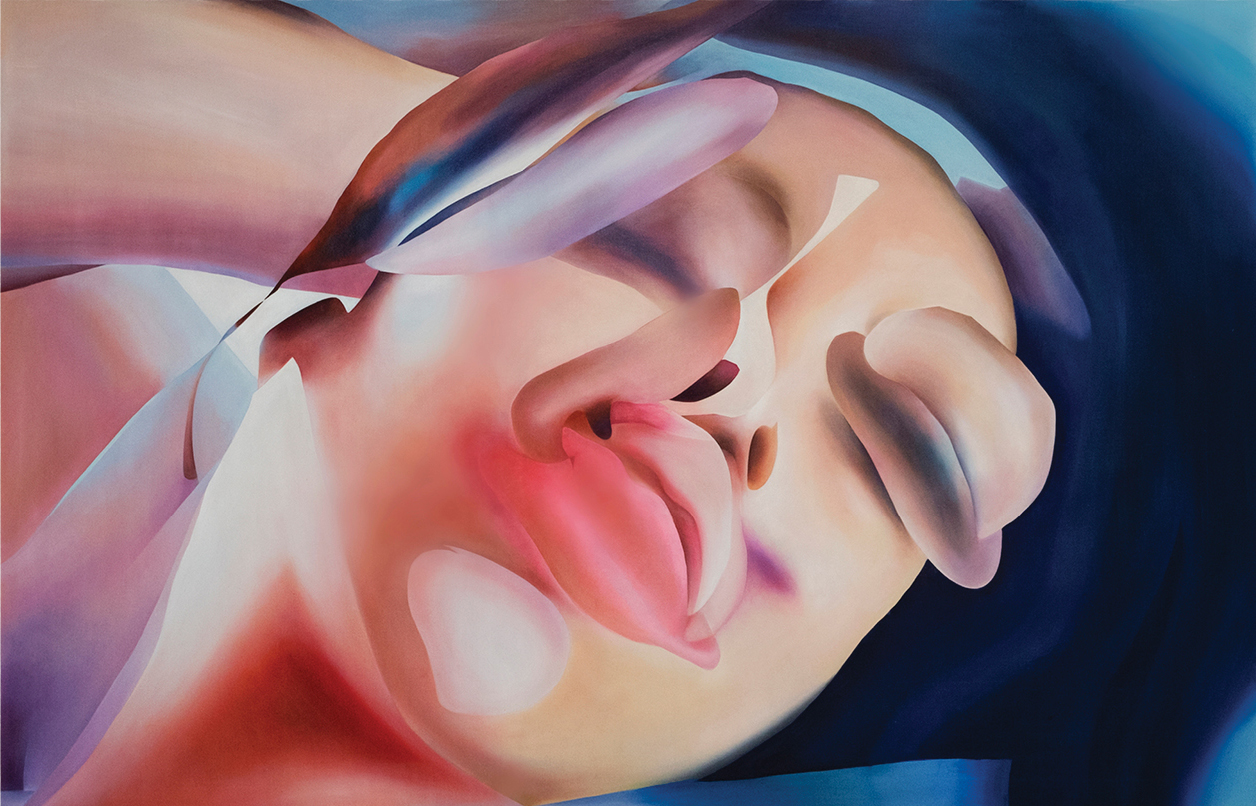
Above Angela Santana
Fruitful Thoughts, 2017 Oil on Canvas
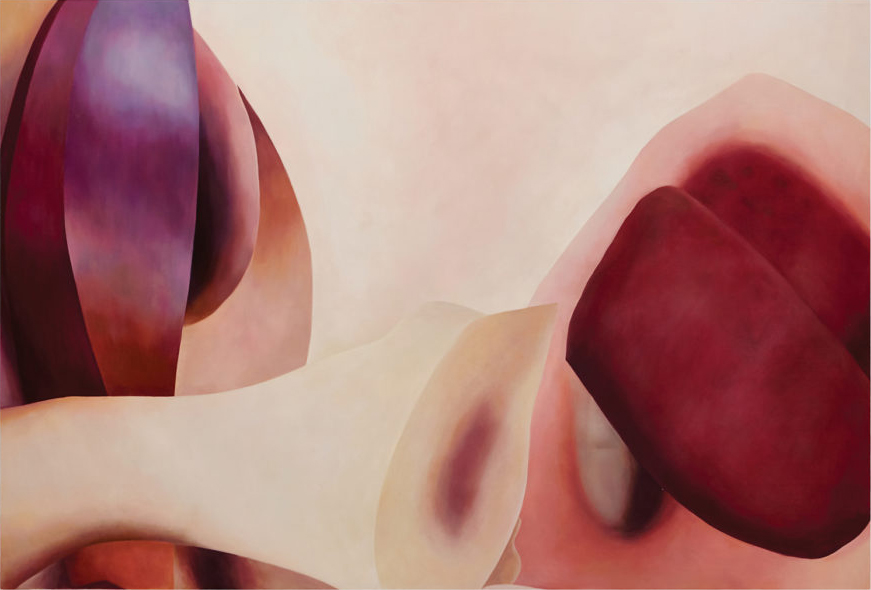
Above Angela Santana
Love Is Now, 2016
Oil on Canvas

Above Angela Santana
Monument, 2018
Oil on Canvas
Angela Santana
Saatchi Yates, London
9 June — 31 August 2022
https://saatchiyates.com/exhibitions/angela-santana#





